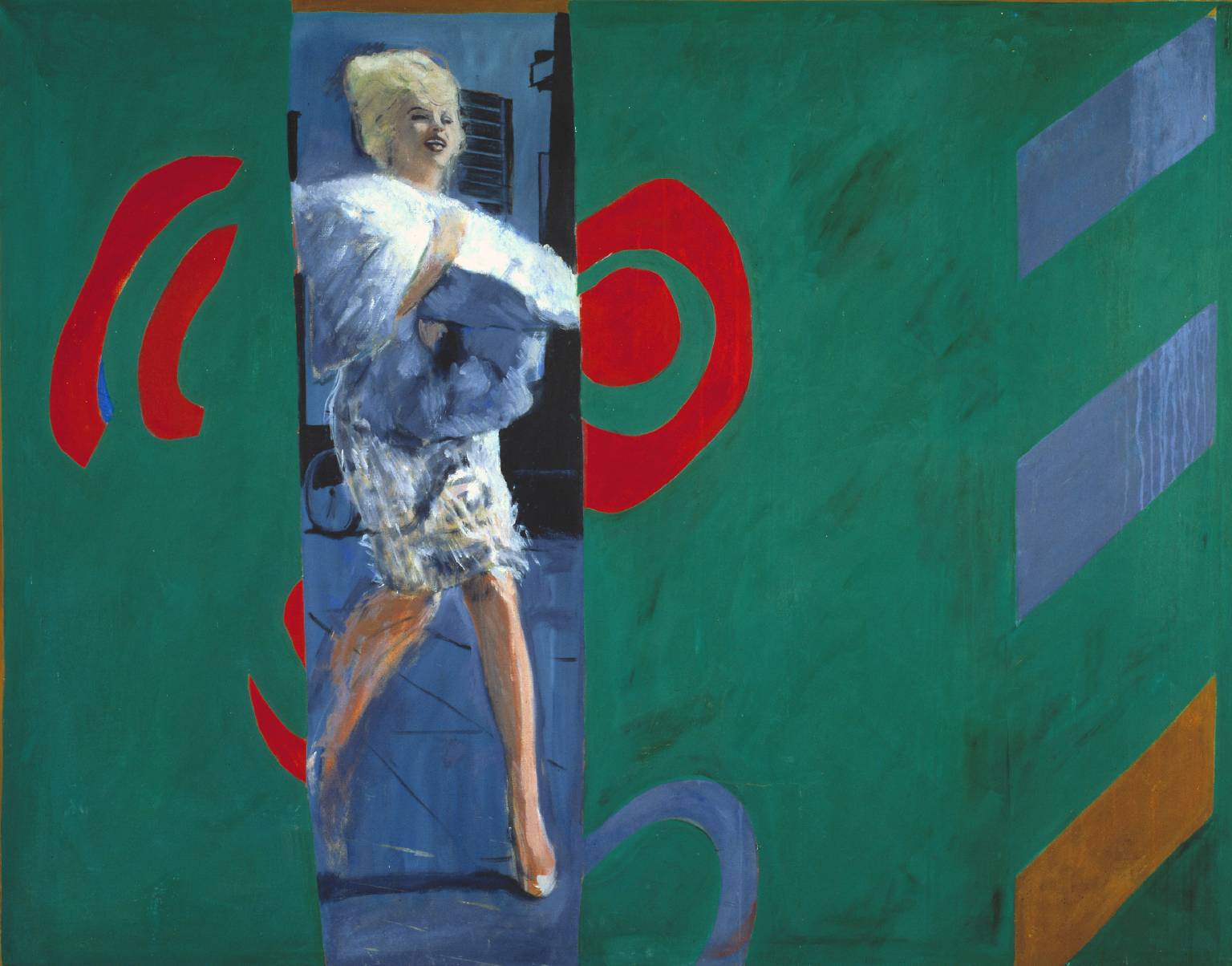
For This Week’s Piece Of The Week it seems only suitable that, like the Tate Modern, we go Pop.
You may or may not be aware, but the Tate Modern currently has a Pop Art exhibition going on, that opened last week, but with a twist. When Pop Art is mentioned, it’s likely that you’ll think Andy Warhol, Peter Blake and Roy Lichtenstein, but The Tate is aiming to change this.
It’s pretty safe to assume that most of us associate with Pop Art as an American movement, sometimes we remember it started in Britain, yet one thing we don’t associate Pop Art with is it being a global movement. The World Goes Pop explores a range of Pop Art from around the world.
For this week’s Piece Of The Week we’re staying closer to home in Britain, with a work by an often overlooked Pop Artist – The Only Blonde In The World by Pauline Boty
We all recognise Andy Warhol’s Monroe silkscreens that are almost synonymous with Pop Art alongside those soup cans. But, at around the same time, Pauline Boty was creating her own Monroe painting – The Only Blonde In The World is a different take on Warhol’s Monroes. Boty, much like Monroe was known for her beauty and often discussed more so about her looks than her skills (granted on a smaller scale than Monroe). Monroe was a massive influence on the Pop Artists who wanted to celebrate modern culture and modern beauty -and whilst there were others, no one was muse quite so much as the blonde beauty. Boty, also a blonde (dubbed Wimbledon’s Bardot) was concerned not only with contemporary culture, but also with politics, gender and sexuality – making the title ironical, a commentary on the movement itself.
The Only Blonde In The World shows an isolated Marilyn Monroe, with bright, painterly, abstract patterns – in a nod to Boty’s stained glass degree. It can be argued that because Boty was one of the only female Pop Artists, and that she was often not taken seriously because of her beauty. She saw Monroe in a different light to her male counterparts, choosing to paint her in a different manner.
Whatever the intentions Boty had for her painting, it’s an interesting take on Monroe in Pop Art and the 60s culture. Within the painting, there are more expressive strokes as opposed to the usually flat, bright sections of colour that are synonymous with Pop Art, This could be for a number of reasons: it could be as simple as the fact that she was painting with oil, or more likely, it was that she was being expressive for a reason – she resonated with Monroe and created a more urgent portrait of the star.
As mentioned, Boty had done a degree in stained glass, which comes into play in the painting, shown by the use of complimentary colours (the red and the green). The small use of red within the painting makes the green and the green toned blues stand out, giving it the bright feel of pop art. Whether Boty was making a statement with her own Monroe, or was simply a response to other Monroes, it’s a great and unique take on the classic Pop portrait.
To see The Only Blonde In The World, you can find it in the Tate Liverpool, and if you find yourself in London, Tate Modern’s The World Goes Pop is on until the 24th January 2016
Words by Selene Mortimore
A beautiful and talented woman….so cruel that she died so young.